REFLECTION ARTEFACT
INTERDISCIPLINARY COMMUNICATION PROJECT

Before entering the ICP course, I was uncertain if I am capable enough to build an impactful campaign. The lack of professional working procedures prevented my past team working experience to address complex challenges in a logical and effective manner. However, this course became a life-changing experience since I realized the significance of the Design Thinking process in providing a durable structural framework for our group project. By learning and incorporating this concept into our workflow, Design Thinking gave us a solid career direction toward becoming exceptional communication professionals.
“Creativity is a wild mind and a disciplined eye.”
- Dorothy Parker
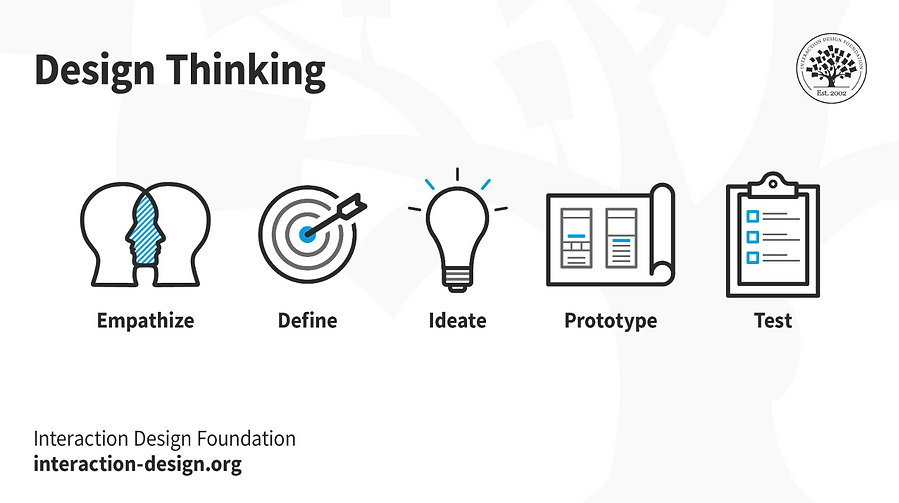
As stated by Interaction Design Foundation (2022), Design Thinking is a constant process with several ultimate goals. It aims to understand customers, question previous assumptions and knowledge, reframe challenges and problems, and adapt them into innovative ideas that can be prototyped and tested into practical artifacts.
The Design Thinking process can be divided into five steps: Empathize, Define, Ideate, Prototype, and Test (Dunbar 2020; Tu et al. 2018).
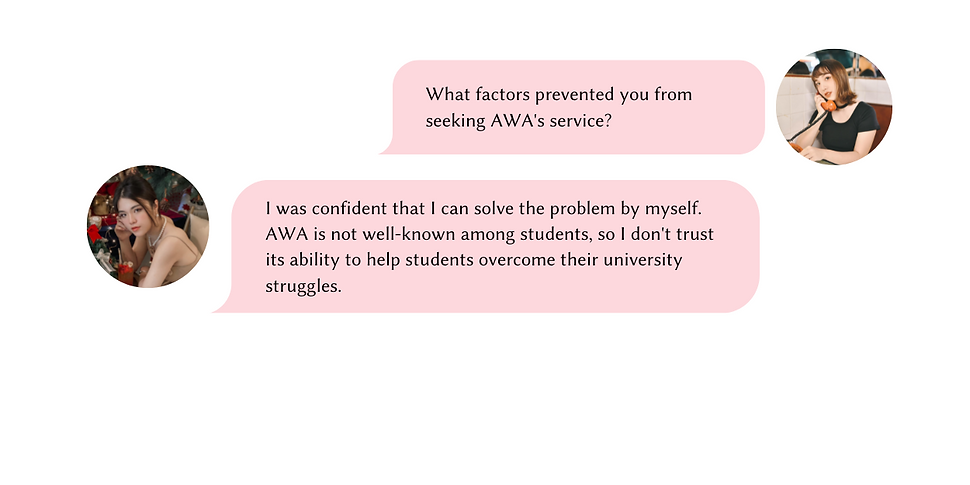.png)
.png)
1. EMPATHIZE: RESEARCH AUDIENCE'S NEEDS
Empathy is the first phase of any human-centered project. This initial step is fostered by a strong urge to put ourselves into the shoes of the people that we create products and services for (Jeph 2020). Our client’s brief demanded we craft a communication campaign for the RMIT Academic and Wellbeing Integration department that caters to current and new RMIT students.
Even though AWA (the client) already provided sufficient data regarding why students seek its service, we want to navigate the reasons awareness among the audiences remained low. Furthermore, our team seeks to figure out what type of content and media channels will yield interaction, virality, and resonation from the student community. To be truly relatable to RMIT students, we want to put aside preconceived assumptions and uncover their real unspoken needs (Jeph 2020).
I was assigned to research viral content examples from both several university organization fanpages and other external entities. Moreover, my team members and I clarified students’ behaviors and expectations toward AWA through a survey form and interview. These valuable insights enabled us to progress through the rest of the project with a better grasp of the context and issue (Henriksen et al.2017).
2. DEFINE: STATE THE AUDIENCE'S NEEDS & PROBLEMS
Based on research information and understandings that we collected, we posited the problem statement, opportunity statement, AWA’s communication gap, and the target’s audience insight. After many rounds of discussions and debates, we rephrased these statements so that they tackle the hidden concerns of RMIT students toward AWA’s service.
Problem Statement
The problem that AWA wants to solve is low communication performance. RMIT students are lacking awareness regarding how helpful AWA’s services are in boosting their academic performance and well-being in order to enjoy a once-in-a-lifetime university experience. This occurrence roots in poor online presence, and the lack of student-centric angles to prove the reliability of AWA.
Communication Gap
AWA has a chance to elevate its service into a reliable and non-judgmental companion to help RMIT students excel in their university careers with creative, memorable, and relatable deliverables across online and offline platforms such as podcast episodes, student role models’ participation, insightful social media posts, interactive games, and practical soft-skill workshops. This student-centric execution might generate a word-of-mouth effect among the target audience that AWA is not only sympathetic but also can offer effective plans for students’ success, and therefore differentiate AWA’s positioning among many other similar RMIT programs.
Opportunity Statement
However, the target audience has the utmost desire to improve themselves and become a positive contribution to the RMIT community. This is an opportunity for AWA to emotionally engage with them and put students’ hidden concerns about self-discovery and soft skill development at the heart of this campaign.
Occasional Insight (from RMIT students' POV)
We want a professional and relatable service to guide us through university struggles. However, information about AWA is very vague and hard to navigate. Therefore, if we encounter an issue, we’re afraid that the well-being service offered by the school is not reliable or suitable enough to tackle our problems.
3. IDEATE: CHALLENGE ASSUMPTIONS & CREATE IDEAS
As the team's copywriter and co-creative director, Ideate is my favorite stage because it involves exploring options and solutions. Normally, I would rush into this phase without concrete research information and the audience's insight. With a better consumer understanding, I can utilize this to propose useful solutions for the client - who had a limited budget.
In addition to developing the campaign's taglines and creative concepts, I pitched visual references to our art director so she can craft sketches. During the idea development phase, our group members were confused since we proposed many ideas and could not decide which to accept or decline.
Fortunately, the lecturer suggested the concept selection matrix with the purpose of rating concepts based on several criteria. For instance, we assessed each idea through its practicality, fun, and relevance to student needs. Based on this rubric, our team can decide on the top three concepts and label them as safe, crazy/bold, and our top favorite.
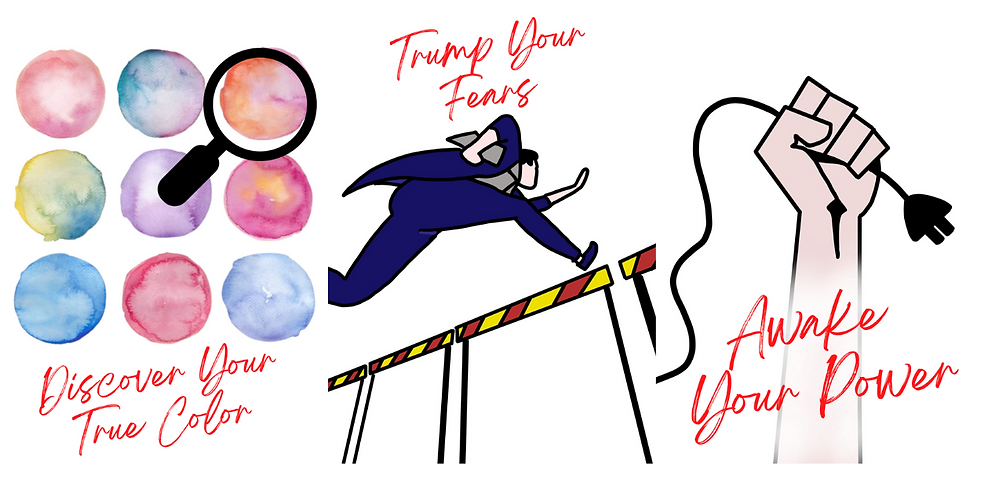.png)
The three creative concept options we provided to the client drew a lot of attention from them. They all agree that these ideas are all interconnected and can be merged into a 3-part series campaign.
Our team combined all of these ideas with a whalicorn (whale + unicorn) mascot. It is consistent with the big idea of “Small Leaps, Big Changes” since the whale is commonly associated with compassion, healing, wisdom, and transformation (Building Beautiful Souls 2021; Stanton 2021). On the other hand, the rainbow unicorn horn embraces the spirit of positivity and inclusivity that our clients assert (Unicorn Yard 2021).
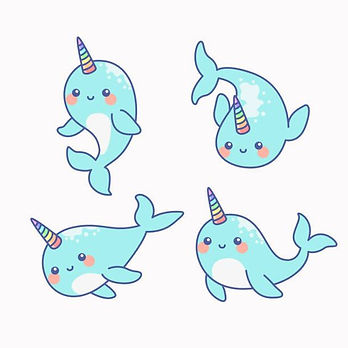

In a nutshell, this Ideate phase proved that no matter how innovative my ideas are, they must adhere to the brand’s problem.

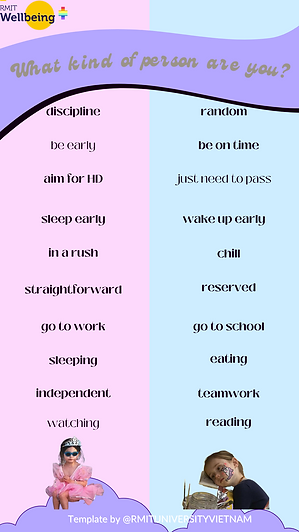

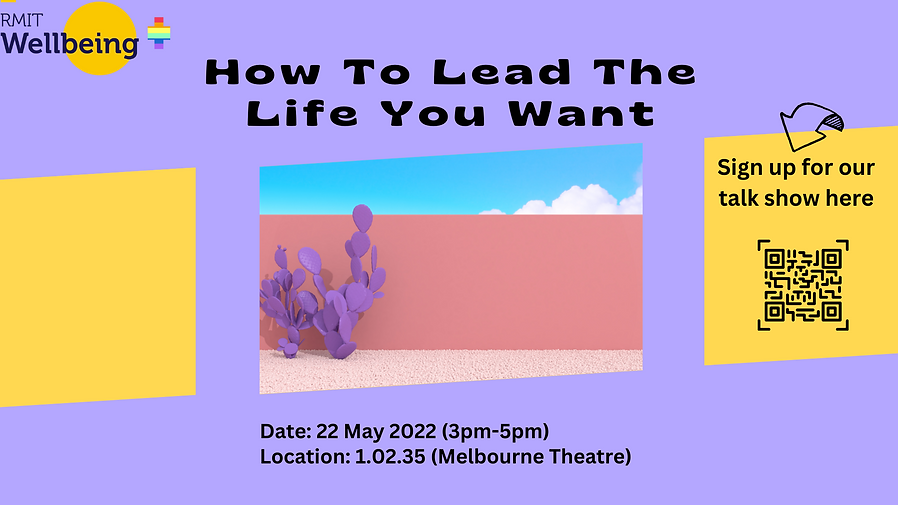
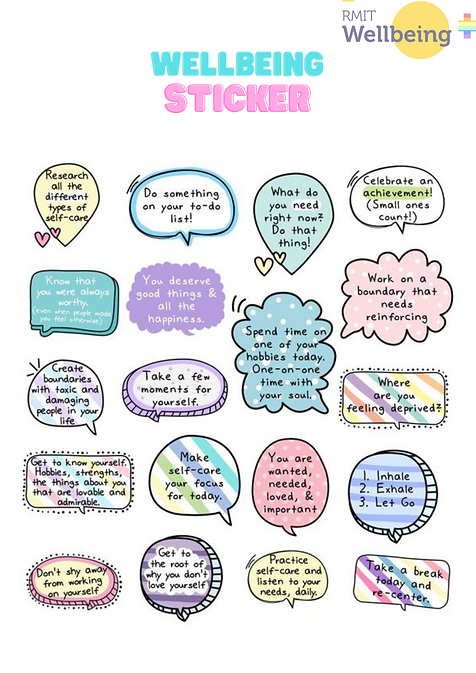
4. PROTOTYPE: GENERATE SOLUTIONS
For this phase, I was in charge of developing the outputs’ copywriting (social media Stories, event poster, project website, etc.), promotional video script, and editing the reflection report. Due to the time constraint, I did not consult for the lecturer’s feedback during this stage. Instead, I acquire opinions from my fellow classmates to see if my writing is interactive and professional enough.




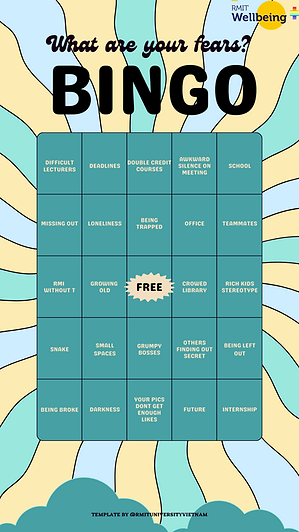

5. TEST: TRY SOLUTIONS OUT
In this final step, our team gathered all feedback from clients, the lecturer, and classmates. It is crucial to work alongside feedback in order to determine our future pathway. The testing step suggests that the prototype or initial approach needs to be refined and reexamined (Brenner et al. 2016). It might direct us back to the empathy stage to better comprehend the target audience, or the ideate stage to consider alternative ideas.
For our group, after receiving the client’s concerns about the negative connotation of the color purple, we immediately adjusted the color palette of all designs to green, light blue, and yellow. These colors indicate the following meanings in a corresponding order: growth, wisdom, and positivity (Cherry 2022; Super Color Digital 2018; Van Braam 2021).


KEY
TAKEAWAYS
Overall, I am extremely fortunate to have access to the Design Thinking process, a problem-solving approach with the aim to improve products and services. It offers a clear direction for constructing a more rationalized and focused project by understanding the target audience’s pain points, challenging preconceived assumptions, and reframing challenges into useful solutions.
By applying this concept to our group’s working procedures, our ideas and final media products will be produced at a higher quality and resolve the brand problem effectively (Brenner et al.2016). Otherwise, misinterpretations and conflicts may occur if the process is not conducted properly, thereby can be detrimental to the final outputs.
FUTURE PLAN
My enhanced interpretation of the Design Thinking process will be practical in many areas of life, including my Professional Communication bachelor's degree and my creative career. This method will supplement both my future copywriting and content-creating endeavors, such as producing outstanding ideas and delivering excellent creative works that resonate with the target audience.
REFERENCES
Building Beautiful Souls (2021) Whale Symbolism and Meaning, What is My Sprit Animal website, accessed 19 January 2021.
https://whatismyspiritanimal.com/spirit-totem-power-animal meanings/mammals/whale-symbolism-meaning/
Brenner W, Uebernickel F and Abrell T (2016) ‘Design Thinking as Mindset, Process, and Toolbox: Experiences from Research and Teaching at the University of St.Gallen’, in Brenner W and Uebernickel F (eds) Design Thinking for Innovation, Springer International Publishing, St.Gallen.
Cherry K (2022) What Does the Color Green Mean? - The Color Psychology of Green, Verywell Mind website, accessed 18 January 2023.
https://www.verywellmind.com/color-psychology-green-2795817
Dunbar N (2020) Incorporating Design Thinking Into Marketing Content and Strategy, ClearVoice website, accessed 17 January 2023.
https://www.clearvoice.com/blog/content-design-thinking/
Henriksen D, Richardson C and Mehta R (2017) ‘Design thinking: A creative approach to educational problems of practice’, Thinking Skills and Creativity, 26:140-153.
Interaction Design Foundation (2022) Design Thinking, Interactive Design Foundation website, accessed 18 January 2023.
https://www.interaction-design.org/literature/topics/design-thinking
Jeph P (2020) How Empathy Works in Design Thinking, QED42 website, accessed 17 January 2023.
https://www.qed42.com/insights/coe/design/how-empathy-works-design-thinking
Stanton KM (2021) Whale Meaning & Symbolism & the Whale Spirit Animal, UniGuide website, accessed 18 January 2023.
https://www.uniguide.com/whale-meaning-symbolism-spirit-animal
Super Color Digital (2018) The Meaning of the Color Blue, Super Color Digital website, accessed 18 January 2023.
Tu JC, Liu LX and Wu KY (2018) ‘Study on the Learning Effectiveness of Stanford Design Thinking in Integrated Design Education’, Sustainability, 10(8):1-21.
Unicorn Yard (2021) What Do Unicorns Represent and Symbolize? Symbolism & Mythology, Unicorn Yard website, accessed 19 January 2023.
https://unicornyard.com/what-do-unicorns-represent/
Van Braam H (2021) Yellow Color Psychology, Symbolism and Meaning, Color Psychology website, accessed 18 January 2023.
